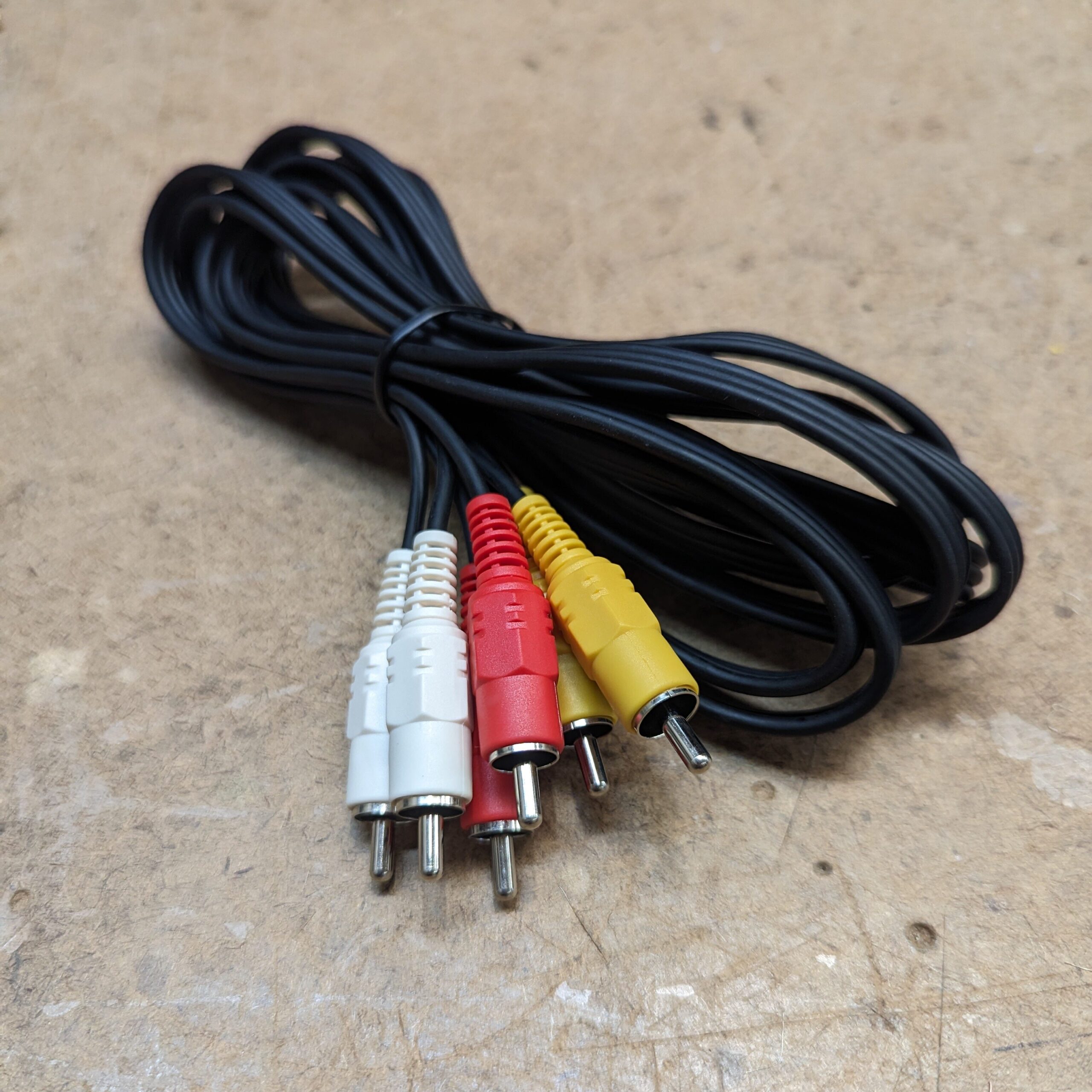For those of us who grew up in the era of VHS tapes and bulky TVs, the sight of a set of colored RCA cables brings back memories. This trio of connectors – a yellow cable for video, paired with red and white cables for audio – were once the standard way to connect many of our entertainment devices. In today’s world of sleek streaming and high-definition displays, what was composite video, and why isn’t it the go-to connection anymore?

How Composite Video Worked (And Its Audio Companions):
Composite video is an analog video signal format where all the visual information—brightness (luma), color (chroma), and synchronization—travels through a single dedicated yellow RCA cable. This was the standard way to connect devices like VCRs, early gaming consoles, and some camcorders to TVs. Alongside the yellow video cable, you’d typically find red and white RCA connectors; these handle the stereo audio signal. So, while the video was “composite” meaning all data in one cable, the audio had its own dedicated cables.
The simplicity of using only one video cable was convenient, but this ease came with certain trade-offs.
The Limitations of Combining the Signal:
Because composite video combines all visual data into a single cable, it has inherent limitations. The picture is limited to standard definition (SD) resolution, typically 480i. This resolution is significantly less sharp and detailed than the high-definition images we expect from today’s HDTVs. Let’s look more closely at the limitations when combining the visual signal:
- Reduced Detail: In a composite signal, the brightness and color information are combined. This process can cause a noticeable reduction in sharpness and detail. Fine lines or complex patterns often appear less distinct, like a smeared or blended-together image.
- Color Artifacts: The way composite video separates color information isn’t perfect. This can cause unwanted “bleeding” of colors, where one color appears to spill into another, distorting colors and creating a fuzzy effect around areas of contrasting colors.
- Signal Interference: Because all the video signal information travels on one cable, composite video is particularly susceptible to outside interference from sources like power lines or electromagnetic interference. This external interference can produce static, noise, or a “ghosting” effect, with faint duplicate images appearing beside the main one.
The Move to Better Standards:
Despite its drawbacks, composite video was a widely used, simple, and affordable option for a long time. As technology progressed, the arrival of newer interfaces like S-Video and HDMI brought significant improvements in picture quality, performance, and ease of use.
These days, composite video is considered older technology. New devices don’t usually have the yellow composite video ports. However, if you have a collection of older VHS tapes, retro gaming consoles, that yellow video cable alongside its red and white audio companions can be a useful bridge, allowing you to enjoy classic entertainment experiences.
